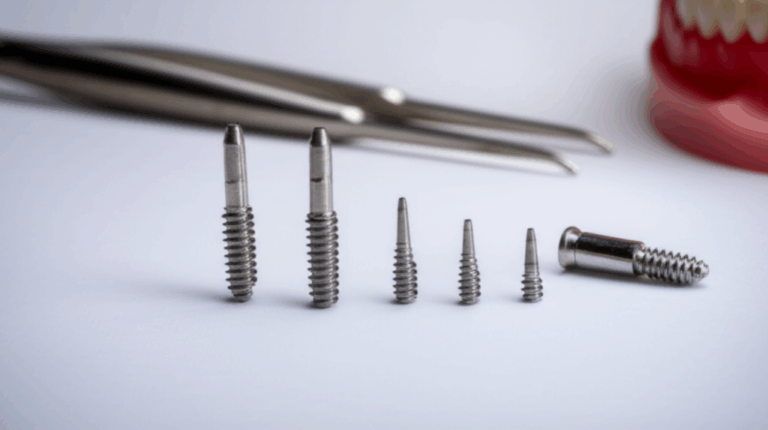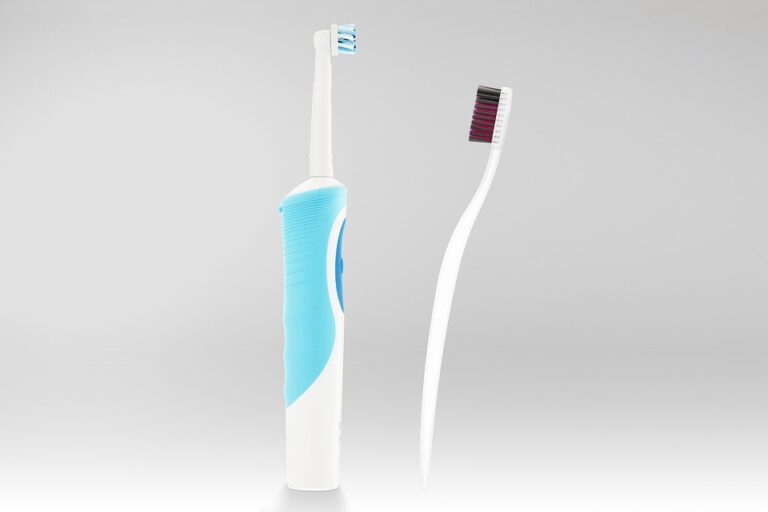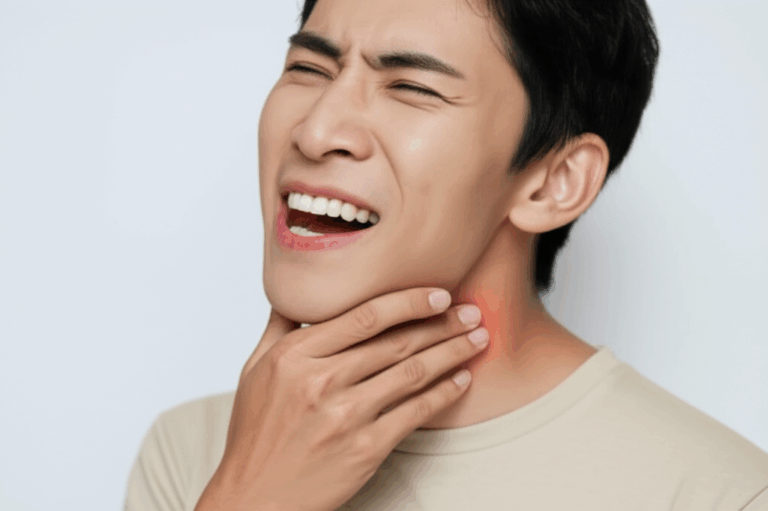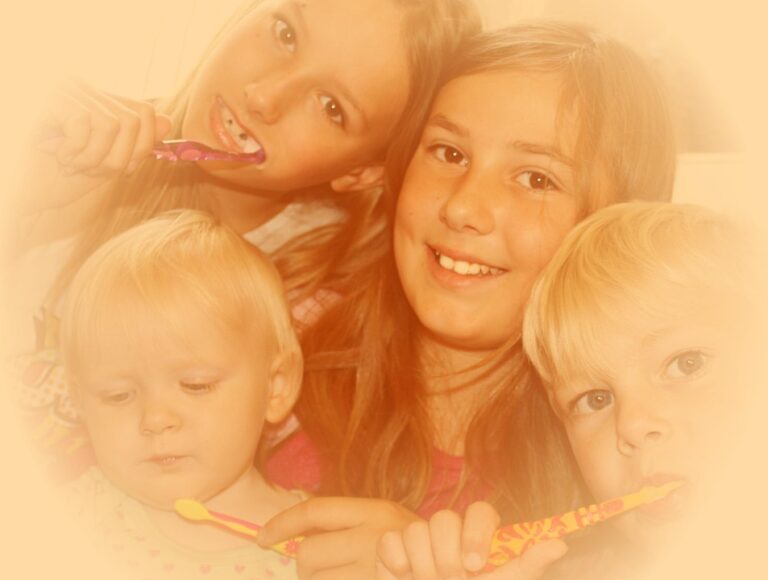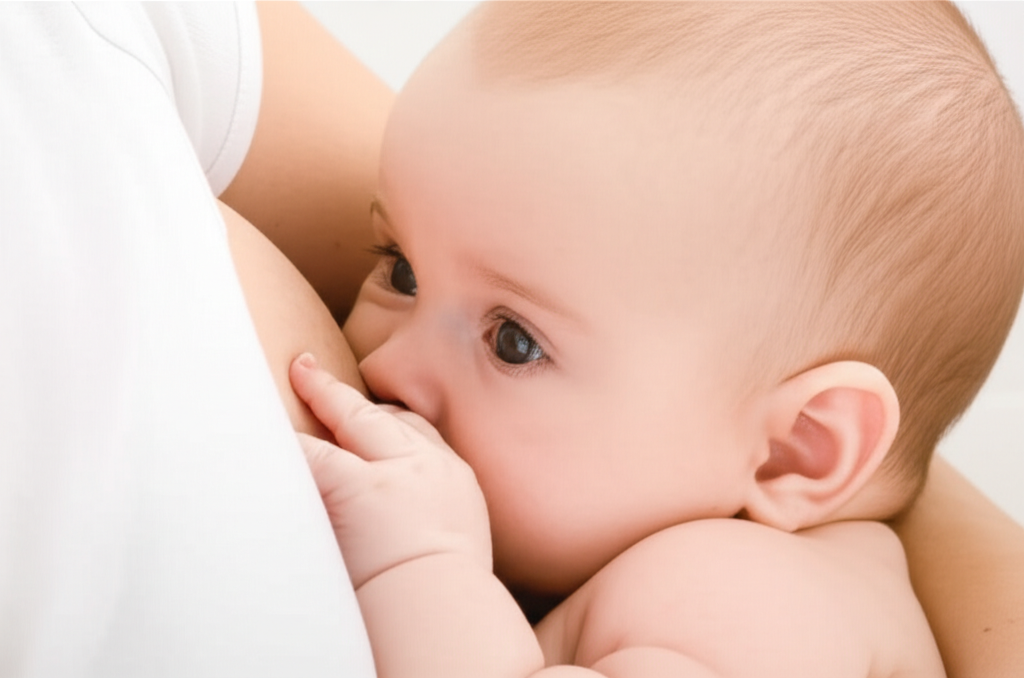
Can Breastfeeding Cause Cavities? Understanding Dental Health for Breastfed Babies
By someone who’s been there, asked all the questions, and put together the best advice from personal experience, reading, and helpful experts.
Introduction: Why I Worried About Breastfeeding and Dental Health
Not long after my baby’s first tooth showed up, I started hearing stories in mom groups and on parenting sites. Some parents said breastfeeding made their baby’s teeth rot, while others said it was always safe. I felt stuck in the middle—wanting to give my child the best food and comfort but worried about their teeth.
Like many new parents, I lost some sleep over questions like: Can breastfeeding cause cavities? Is breast milk really bad for baby teeth, or is that just a rumor? Am I missing something important in my baby’s dental care? If you wonder about these things too, you’re not alone. Let’s look at the facts together.
Table of Contents
- How Breast Milk Affects Baby Teeth
- Do Breastfed Babies Really Get More Cavities?
- What Raises the Risk for Dental Problems (And What I Learned to Watch For)
- Simple Tips for Preventing Cavities While Breastfeeding
- Spotting Signs of Trouble: When to See a Dentist
- The Bottom Line: You Can Breastfeed and Protect Your Baby’s Smile
- References and More Resources
How Breast Milk Affects Baby Teeth
Understanding How Cavities Start—It’s Not Just Sugar
The first thing I learned is that cavities start with bacteria. Here’s how it works:
- Our mouths have many types of bacteria, some of which cause cavities (like Streptococcus mutans). These bacteria love sugar—from foods, drinks, and yes, also from breast milk.
- When these bacteria eat sugar (lactose in breast milk), they make acid.
- This acid slowly eats away at tooth enamel, which can lead to cavities.
Does breast milk have sugar that helps bacteria?
Yes, it has lactose, which is a natural sugar. But—this is important—the story is not that simple.
What Makes Breast Milk Different?
I found out that breast milk is not just a sweet drink. Unlike formula, juice, or cow’s milk, breast milk has:
- Lactose (the sugar)
- Special antibodies like secretory IgA (sIgA)
- Enzymes such as lactoferrin that help fight the bacteria that cause cavities
- Lots of minerals like calcium and phosphorus that help build and fix enamel
- Proteins that help keep acid low
Also, when babies feed at the breast, milk usually goes to the back of the mouth and is swallowed quickly—not left around the teeth, which can happen with bottles.
The Way Baby Feeds, and Saliva
It sounds strange, but how your baby gets milk matters. A good latch means less milk staying around the teeth. Baby’s spit (saliva) also helps clean off milk. More saliva means more natural cleaning.
But at night, that changes. Both you and your baby make less spit during sleep. If milk sits on baby’s teeth for a long time at night—especially with lots of night feeds—it can raise the chance for cavities.
Myth Buster: Is Breast Milk Alone Enough to Cause Cavities?
This question kept me up at night. What I found, over and over, is that breast milk by itself does not usually cause cavities. Studies show that, compared to other sugars or even formula, breast milk is less likely to cause tooth decay—as long as other habits are healthy.
It’s when habits like poor dental care, lots of night nursing after teeth come in, and extra sugars are added, that problems can start.
Do Breastfed Babies Really Get More Cavities?
I’ll admit: my worry shot up when I read about babies with bad tooth decay—sometimes called “nursing caries.” I checked lots of articles, called the dentist, and talked to my lactation consultant.
What I learned surprised me. The real risk for early childhood cavities in breastfed babies depends on many things:
- Breast milk by itself is usually not the main cause.
- Babies who breastfeed a lot at night, past 12 months, without cleaning their teeth, are a bit more at risk—but only if other things also add up.
By comparison, bottle-feeding habits—especially letting a baby fall asleep with a bottle of formula or juice—are much more likely to cause bad tooth decay called “baby bottle tooth decay.”
Groups like the American Academy of Pediatric Dentistry say this: How you feed, and what you do after, matters most.
What Raises the Risk for Dental Problems (And What I Learned to Watch For)
On my parenting path, I found out it’s not fair to just blame breastfeeding. Here are the things that really matter for breastfed babies’ teeth.
Not Cleaning the Mouth
I never thought about cleaning my baby’s mouth until teeth showed up. Turns out, that was a mistake! Here’s what the experts and my dentist told me:
- Even before teeth, wipe baby’s gums with a clean, damp cloth after feeds.
- Once teeth show up, use a tiny, soft brush with a rice-sized bit of fluoride toothpaste.
- At age three, use a pea-sized amount.
It felt odd at first, but adding mouth cleaning to our bedtime routine really helped. (There’s more info on basics of dental care in this handy guide.)
Lots of Night Feeds
Night feeds are really helpful for many families—I needed them too! But once teeth come in, my dentist warned me:
- Milk sugars can stick to teeth during the night because there is less spit when we sleep.
- If a baby sleeps with milk on their teeth, especially during long comfort nursing, it can be a problem, especially after 12 months when there are more teeth.
The answer wasn’t to stop breastfeeding, but to be careful. Sometimes I’d offer a sip of water after the last feed, or wipe my baby’s teeth before bed.
Mom’s Dental Health
Something I did not think about: bacteria from my mouth can go to my baby’s mouth. Sharing spoons, cleaning pacifiers with my mouth, even kissing, can all pass Streptococcus mutans, the main cavity bug.
Keeping up with brushing, flossing, and going to the dentist became part of my job to protect my baby. If I skipped a cleaning, I put both of us at more risk.
Sugary Foods and Starches
As soon as my little one started eating real food, the risks changed. Juice, sweet snacks, and sticky starchy foods cling to those new teeth.
It’s not just what goes in a bottle or breast. Any foods that turn into sugar—like crackers, cereal, raisins—feed the cavity bugs. I learned to watch for sneaky sugars and cut down on snacks between meals.
Genetics and Enamel Strength
I felt guilty when I saw a little white spot on my baby’s tooth. But genetics matter too. Some kids are just born with softer enamel or special enamel problems.
If tooth problems run in your family, it’s extra important to get regular checkups and be careful with mouth care.
Mouth or Tongue Tie
I found out things like lip or tongue ties are not just a feeding problem. They can make it harder for baby’s mouth to clean itself, leaving milk in corners. Still, ties alone aren’t the big cause of cavities. It’s just another thing to watch for.
Simple Tips for Preventing Cavities While Breastfeeding
After working through all these worries (and a few tough days in the toothbrush aisle), I made a plan that worked for us. Here’s what helped:
Start Cleaning Baby’s Mouth Early
Even before my baby’s first tooth, I wiped their gums with a clean cloth before bed. Once teeth were there, we used a finger brush with a tiny dab of fluoride toothpaste.
Letting my little one play with the toothbrush and “practice” made things easier later on.
Book That First Dental Visit Early
I waited until my baby was over a year old to go to the dentist—but I should have gone sooner. The American Academy of Pediatric Dentistry says to go by the first birthday (or within six months of the first tooth).
Early visits help set good habits and let the dentist catch problems early. To read more, here’s a page with teeth info.
Change Up Night Feeding
I’ll be honest—my baby nursed to sleep for a long time. Here’s how I made our routine better for teeth after new teeth popped up:
- After the last feed, I tried to clean teeth or gums with a soft cloth.
- If I couldn’t do that, I’d offer water to rinse sugars away.
- I tried not to let my baby nap just holding on for comfort all night as they got older.
I didn’t stop breastfeeding at night all at once—which would have been tough for us both! With small changes, the risk for cavities went down.
Limit Sugary Foods and Drinks
The best advice I heard was: “If it sticks to teeth, it can cause cavities.” I cut back on raisins, crackers, and for sure, juice. Water became our main drink after food.
Use Fluoride
At first, I was worried about fluoride, but after talking to both dentist and doctor, I learned that a rice-sized bit of fluoride toothpaste is fine for babies and helps their teeth.
In places without fluoride in the water, dentists may also put a special fluoride cover on baby’s teeth starting with the first visit.
Take Care of My Own Teeth
I brushed and flossed carefully and went for my own dentist checkups. Fewer cavity germs in my mouth meant a better chance for my baby’s smile.
Spotting Signs of Trouble: When to See a Dentist
Even with good habits, sometimes things just happen. Here are things I watched for—and you should too:
- White spots or dull, chalky areas near the gums (early sign of a problem)
- Brown spots or holes on baby teeth
- Fussiness when eating (might mean sensitivity)
- Bad breath or obvious sticky stuff on teeth
If you see any of these, or if you worry about mouth ties or feeding, talk to your baby’s dentist. Don’t wait for the next checkup if you’re worried.
To learn more about early signs and what to do, you can also check out this article on dental diseases.
The Bottom Line: You Can Breastfeed and Protect Your Baby’s Smile
If I could share one thing, it’s this:
Breastfeeding alone doesn’t cause cavities. The real risk comes from bad mouth care, extra sugars, lots of night nursing after teeth are in, and sometimes unlucky genes or weak enamel.
For me, sticking to good dental habits and keeping on breastfeeding gave my child both a healthy body and a strong, happy smile. Regular checkups, starting fluoride early, and looking after both our teeth made a big difference.
If you’re feeling worried, breathe easy. You’re already doing a great job by searching out answers. Update your routines, ask for help, and know you’re giving your child a great start.
References and More Resources
Here are some trustworthy sources I used:
- American Academy of Pediatric Dentistry: Breastfeeding and Oral Health
- World Health Organization: Guidelines on Infant and Young Child Feeding
- Centers for Disease Control and Prevention Oral Health Resources
- Feldens, C.A., et al. “Breastfeeding and Early Childhood Caries: An Overview of Available Literature.” Caries Research
- López-Calleja, A. M., et al. “Role of Human Milk in the Prevention of Dental Caries.” Nutrients
For more about food, baby teeth, and how habits shape long-term teeth health, check out these helpful links. And if you’re curious how new dental tech—like 3D design and high-quality ceramic work—is helping smiles at every age, you can read more about digital dental labs.
Final Thoughts
I’ve learned there’s nothing wrong with having questions, worrying, or even making mistakes. With the right info and some patience, you can raise your baby—body and teeth included—every step of the way.
Remember, you’re your child’s best guide and helper. And if you’re unsure, always check with your baby’s dentist. Good luck, and here’s to lots of big, happy smiles!

